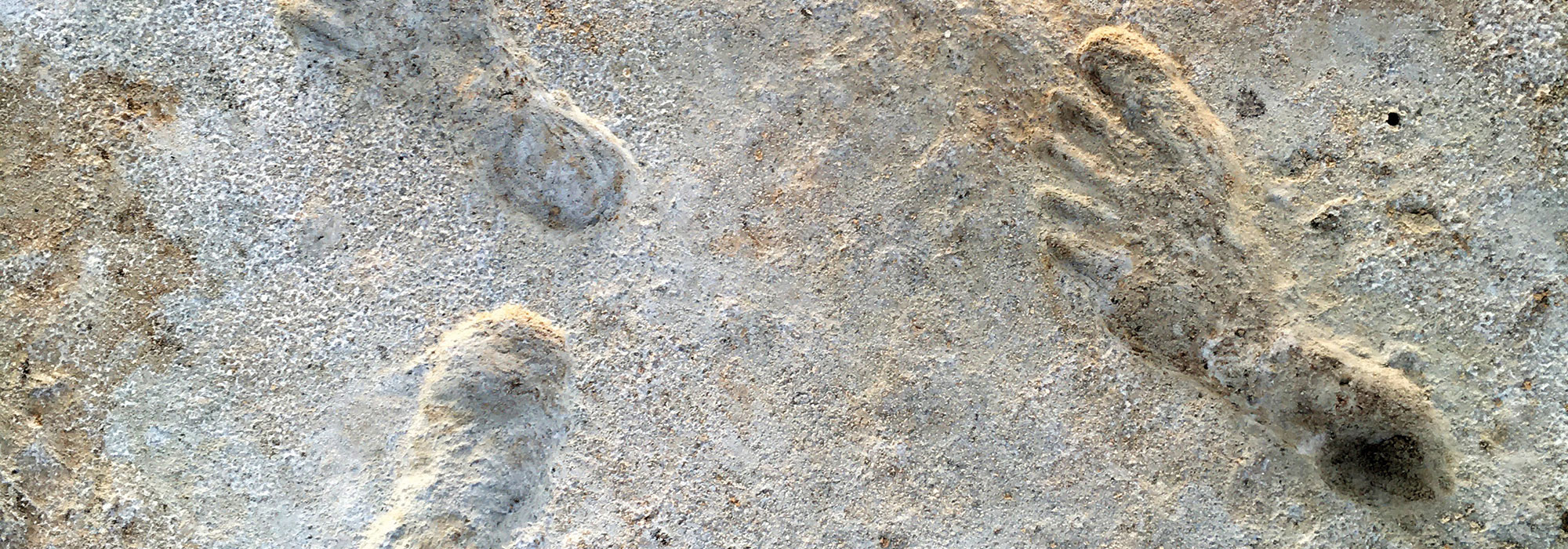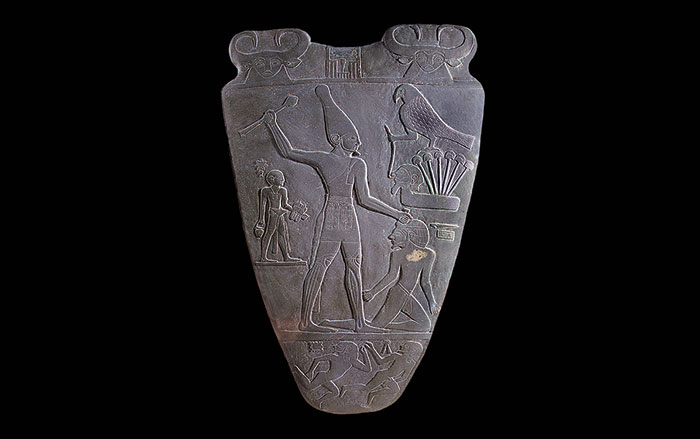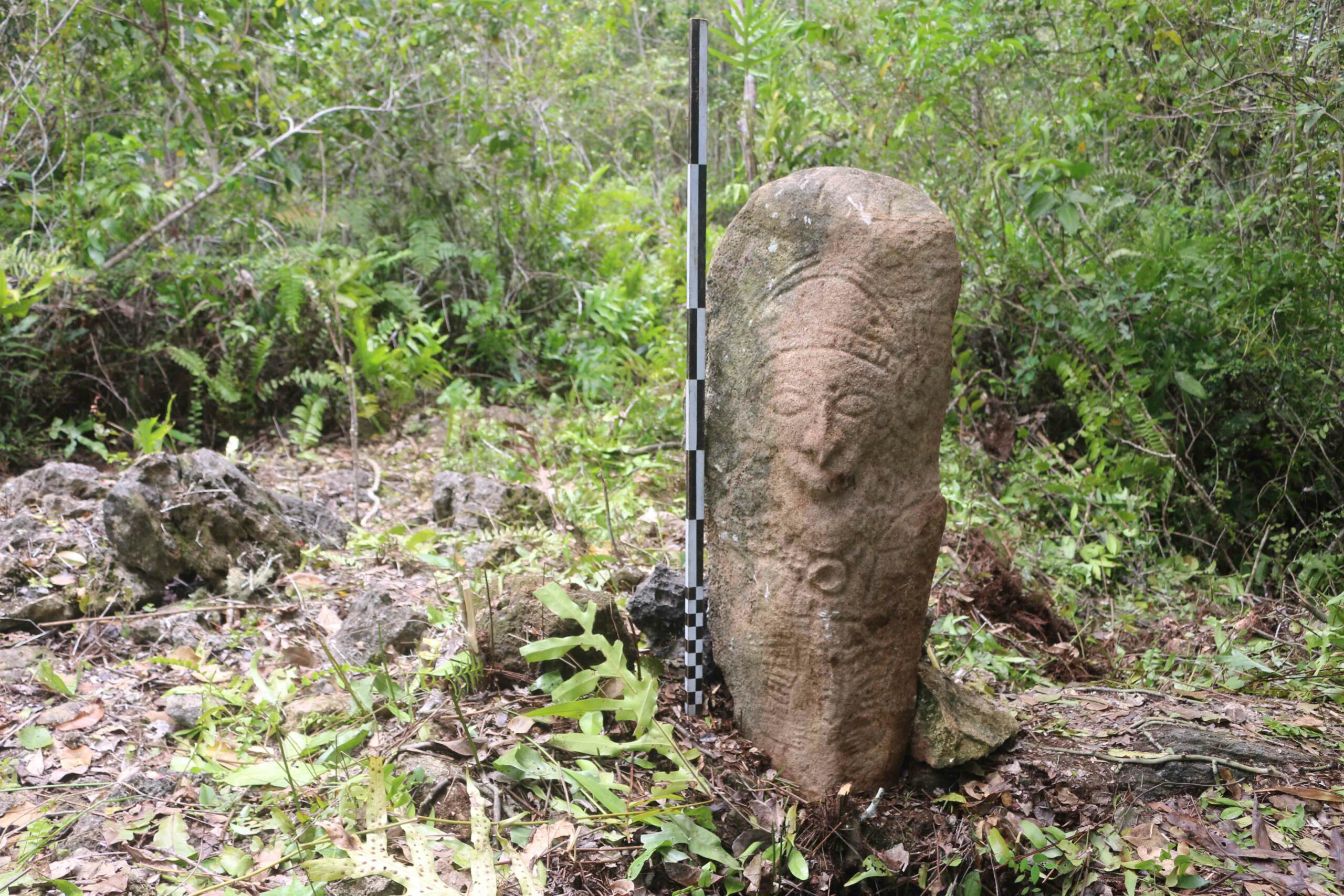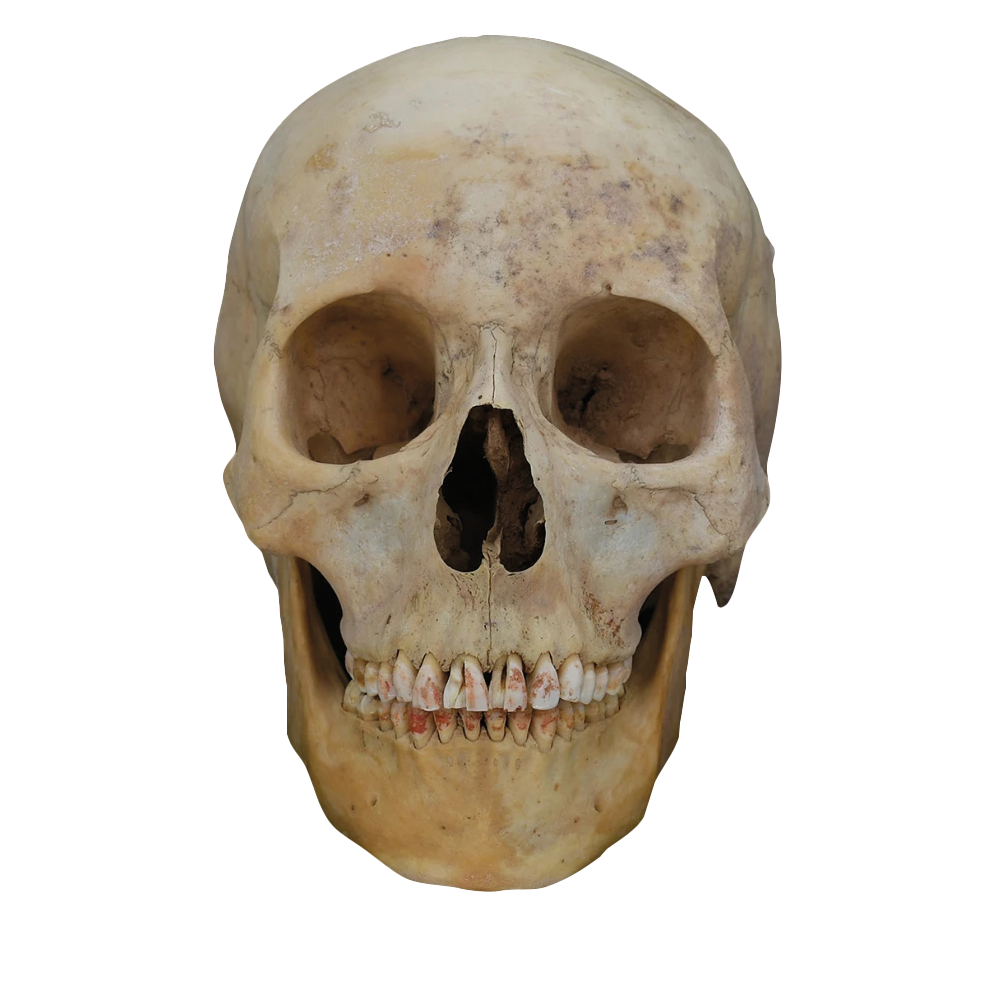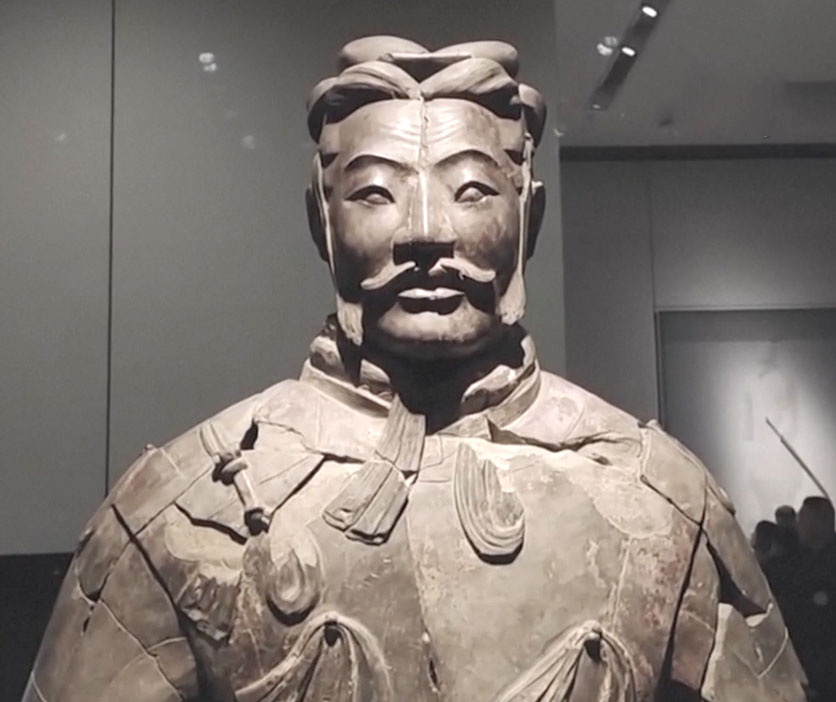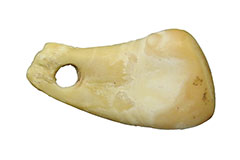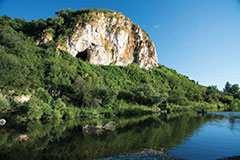Features From the Issue
-
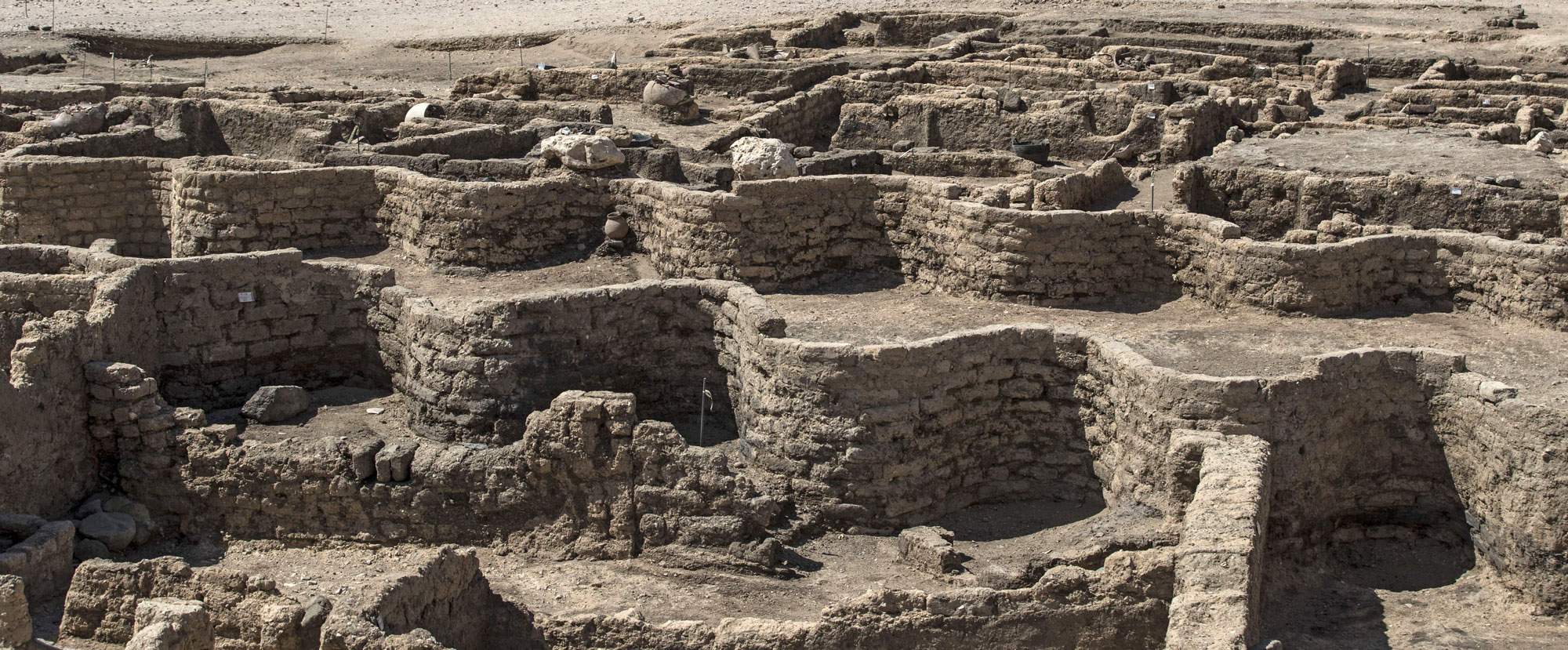 (KHALED DESOUKI/Getty Images)
(KHALED DESOUKI/Getty Images) -
Features
At Face Value
Researchers are using new scientific methods to investigate how artists in Roman Egypt customized portraits for the dead
 (© The Trustees of the British Museum)
(© The Trustees of the British Museum) -
Features
Turning Salt Into Gold
In the Austrian Alps, generations of miners toiled to extract the ancient world’s most valuable resource
-
Features
Under the Holy City
A long-running excavation in Jerusalem unearths evidence for two of the city’s least-known eras
-
Features
A Brush With Genius
An unprecedented find in central China brings to life the early years of a master calligrapher
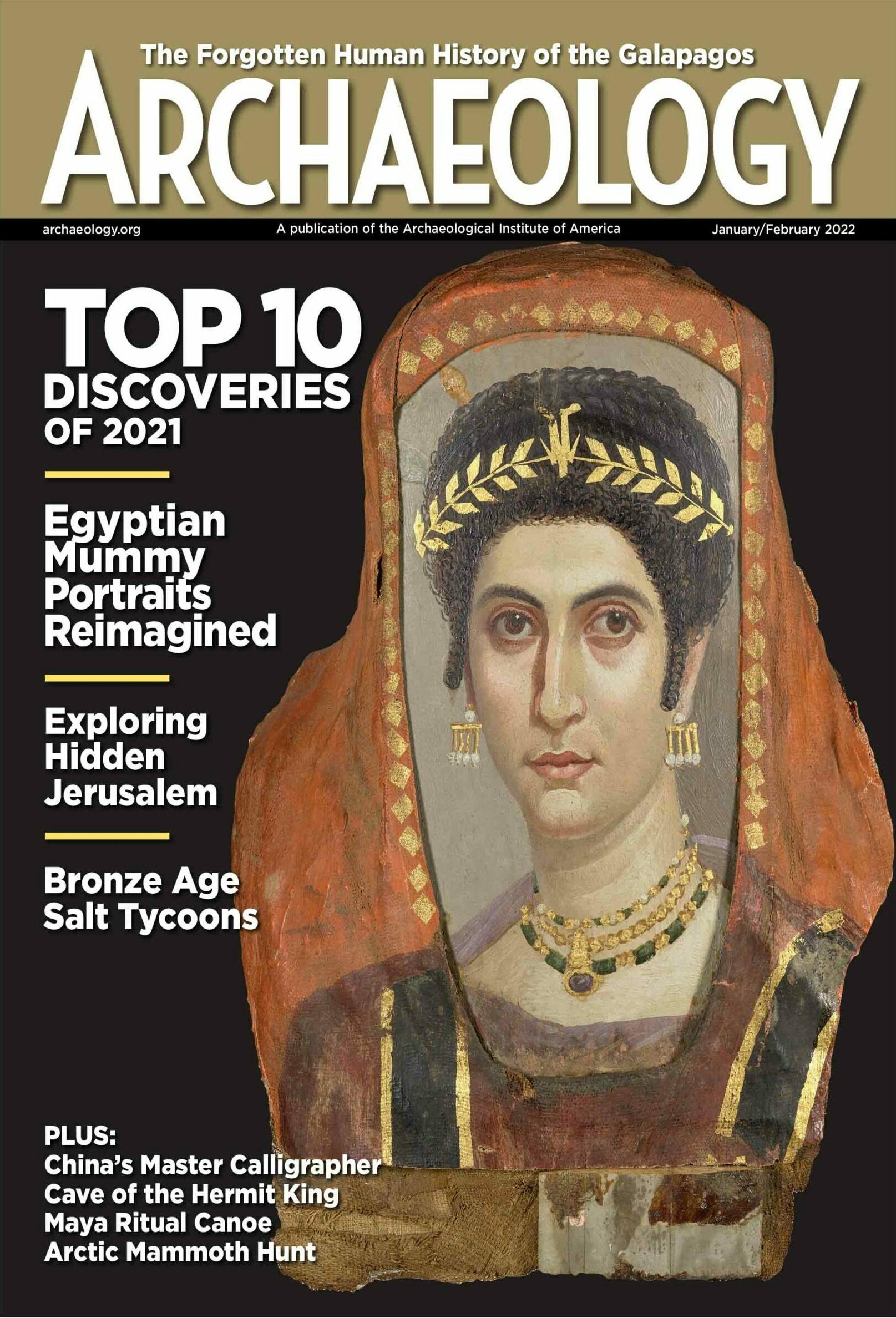
Letter from the Galapagos Islands
Letter from the Galapagos Islands
Transforming the Enchanted Isles
Archaeologists uncover the remote archipelago’s forgotten human history
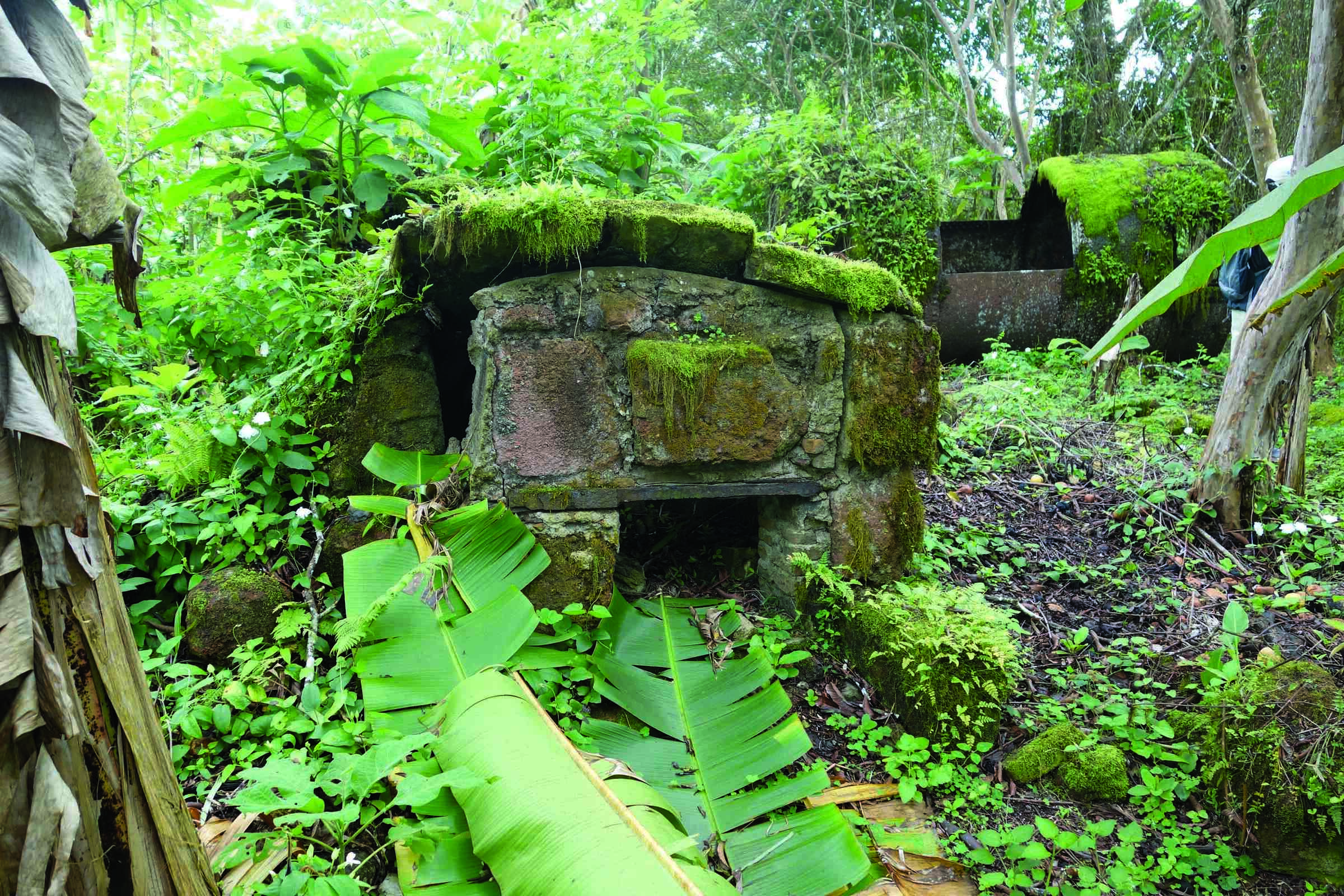
Artifact
Artifacts
Roman Key Handle
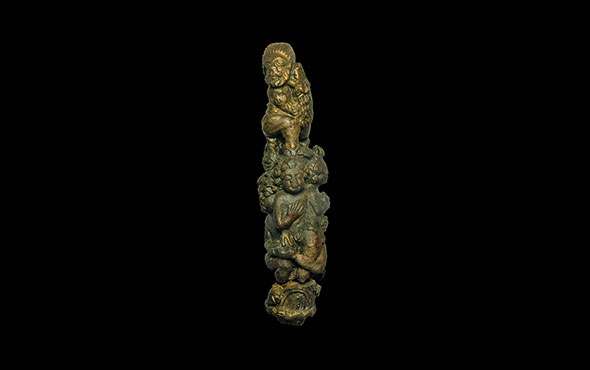
Digs & Discoveries
-
Digs & Discoveries
The Roots of Violence
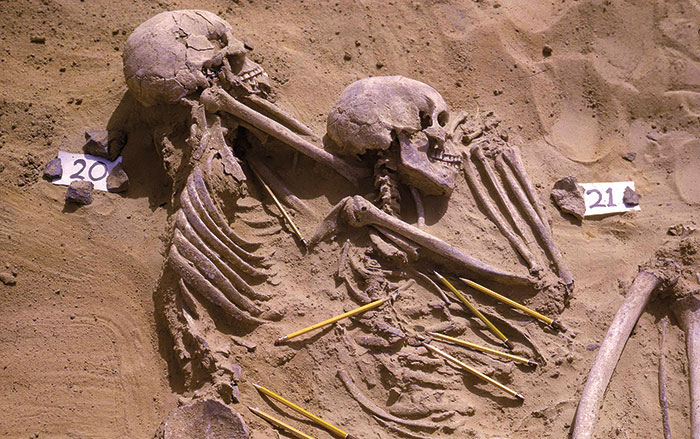 (Courtesy of the Wendorf Archives of the British Museum)
(Courtesy of the Wendorf Archives of the British Museum) -
Digs & Discoveries
Tamil Royal Palace
 (Tamil Nadu Archaeology Department)
(Tamil Nadu Archaeology Department) -
Digs & Discoveries
Cave Fit for a King...or a Hermit
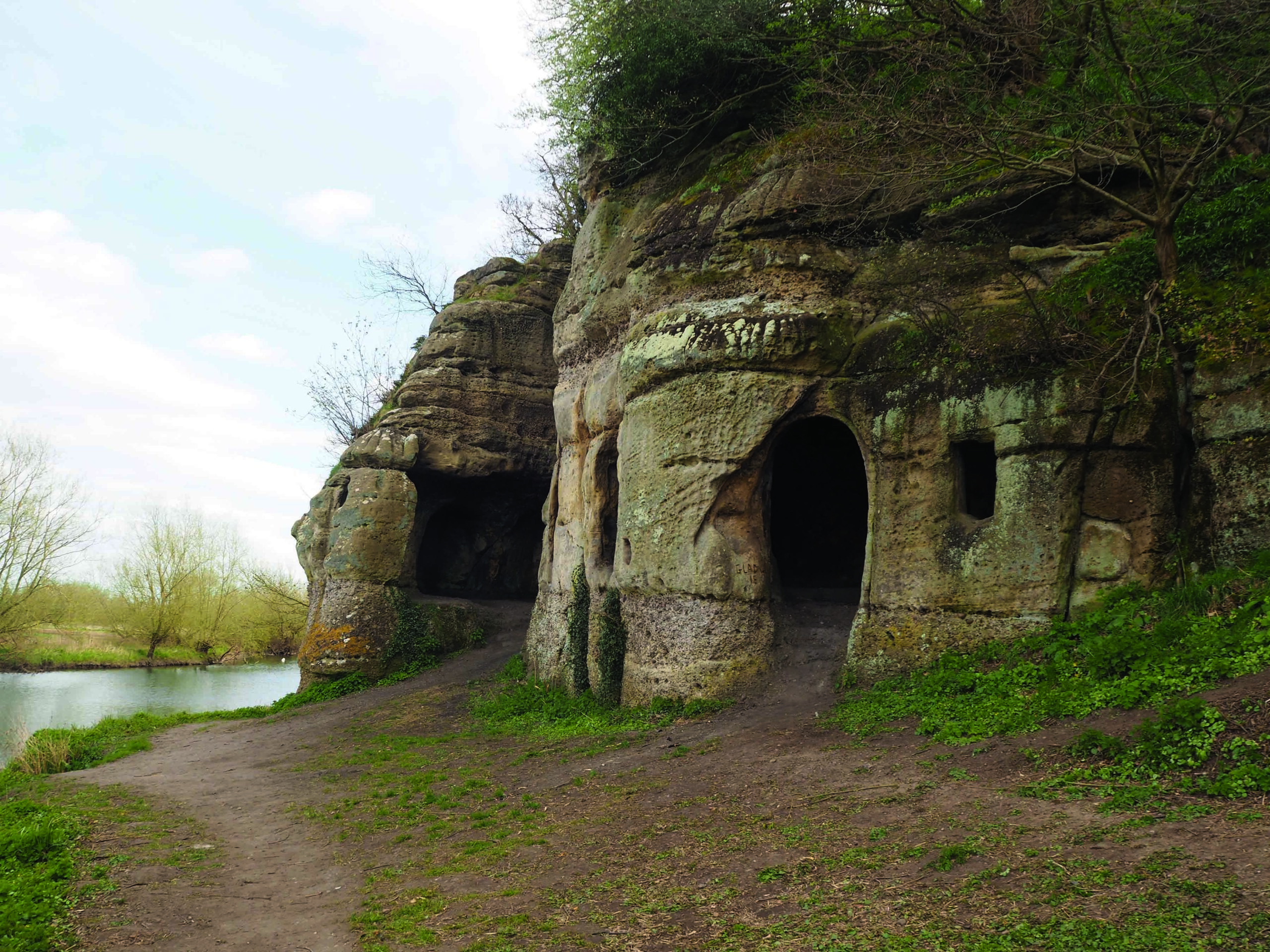 (Edmund Simons, Royal Agricultural University)
(Edmund Simons, Royal Agricultural University) -
Digs & Discoveries
Burn Notice
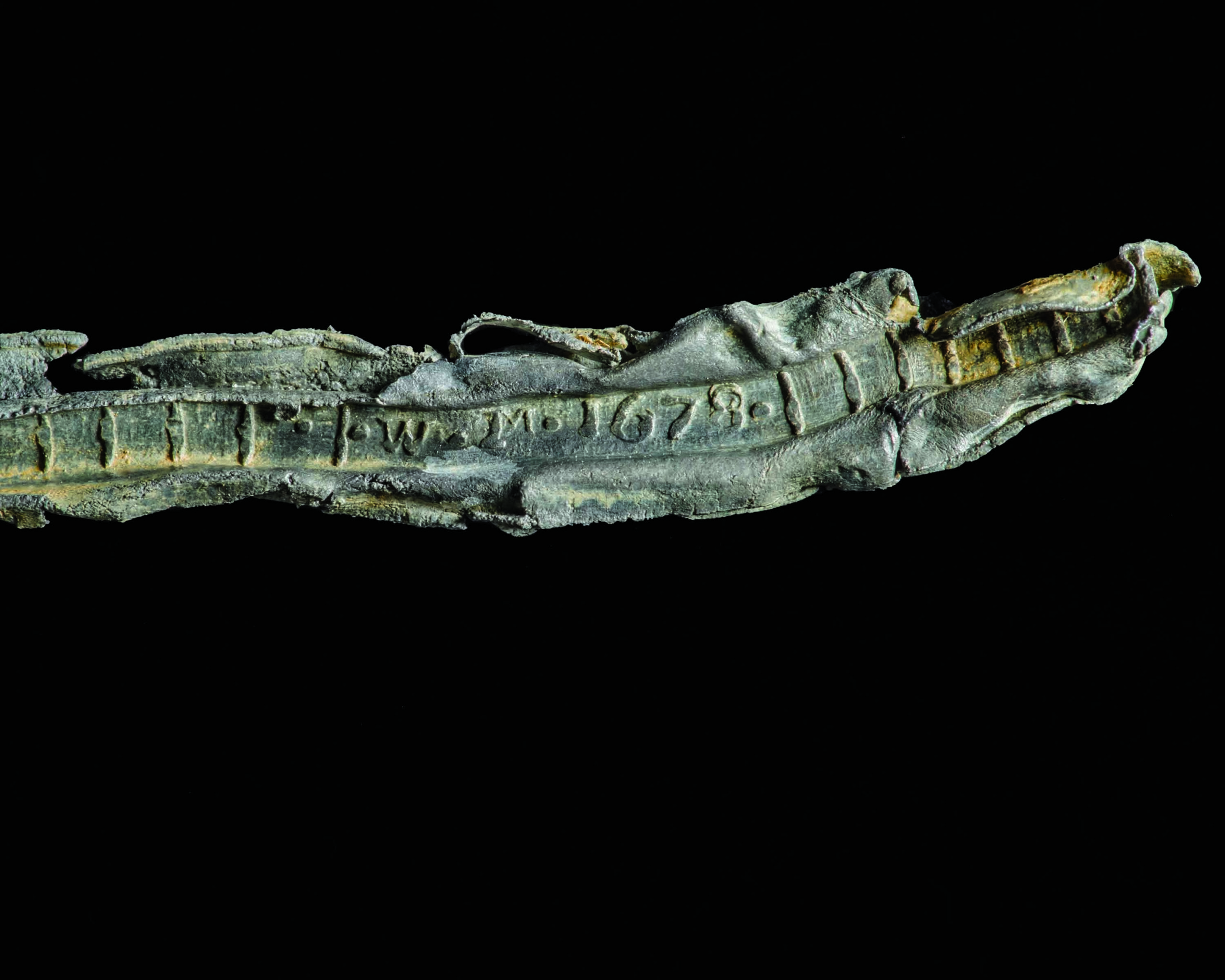 (Courtesy Jamestown Rediscovery)
(Courtesy Jamestown Rediscovery) -
Digs & Discoveries
Russian River Silver
 (Maxim Pankin, Institute of Archaeology, RAS)
(Maxim Pankin, Institute of Archaeology, RAS) -
Digs & Discoveries
New Neighbors
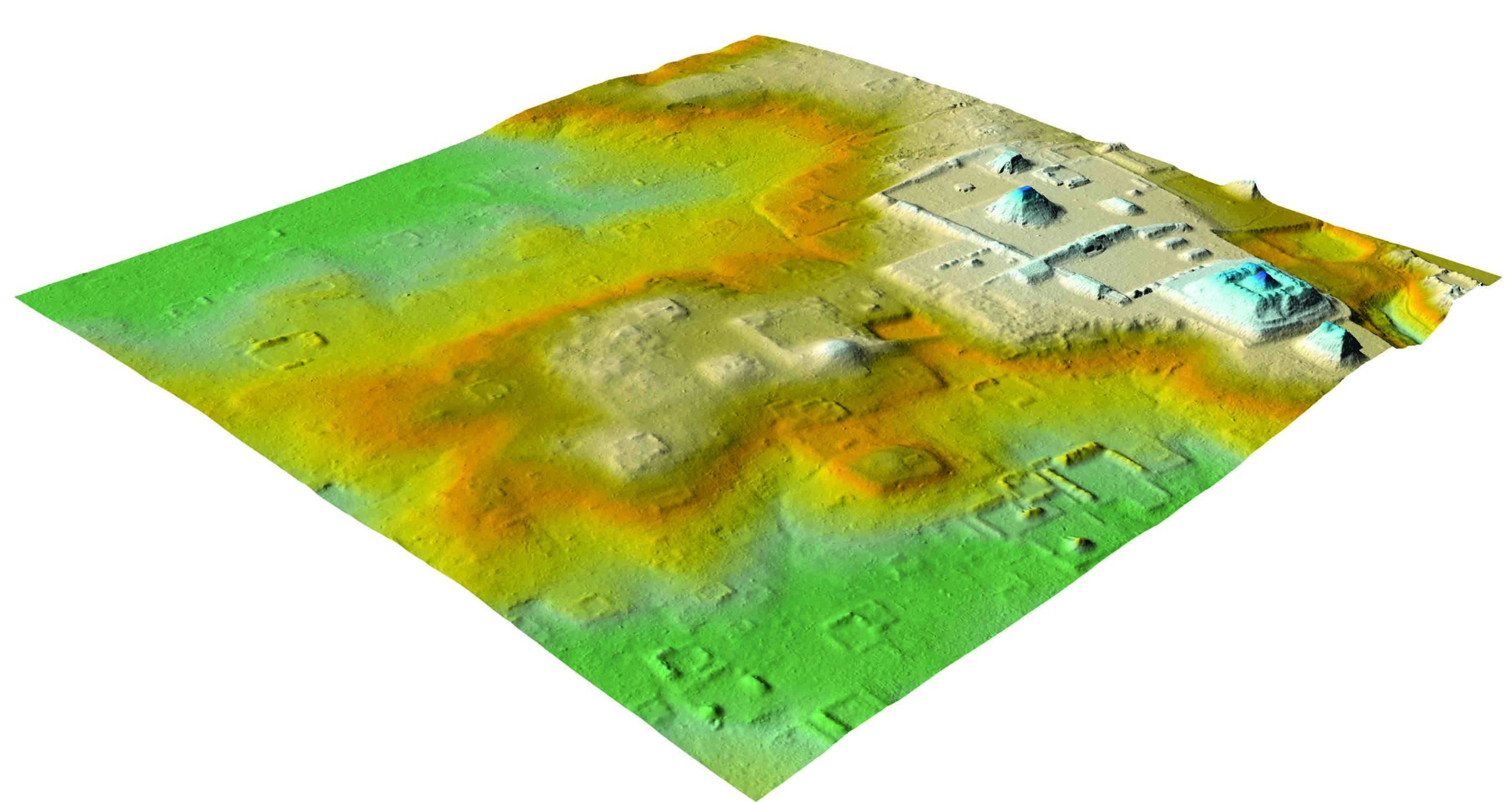 (T. Garrison/PACUNAM)
(T. Garrison/PACUNAM) -
Digs & Discoveries
Viking Roles
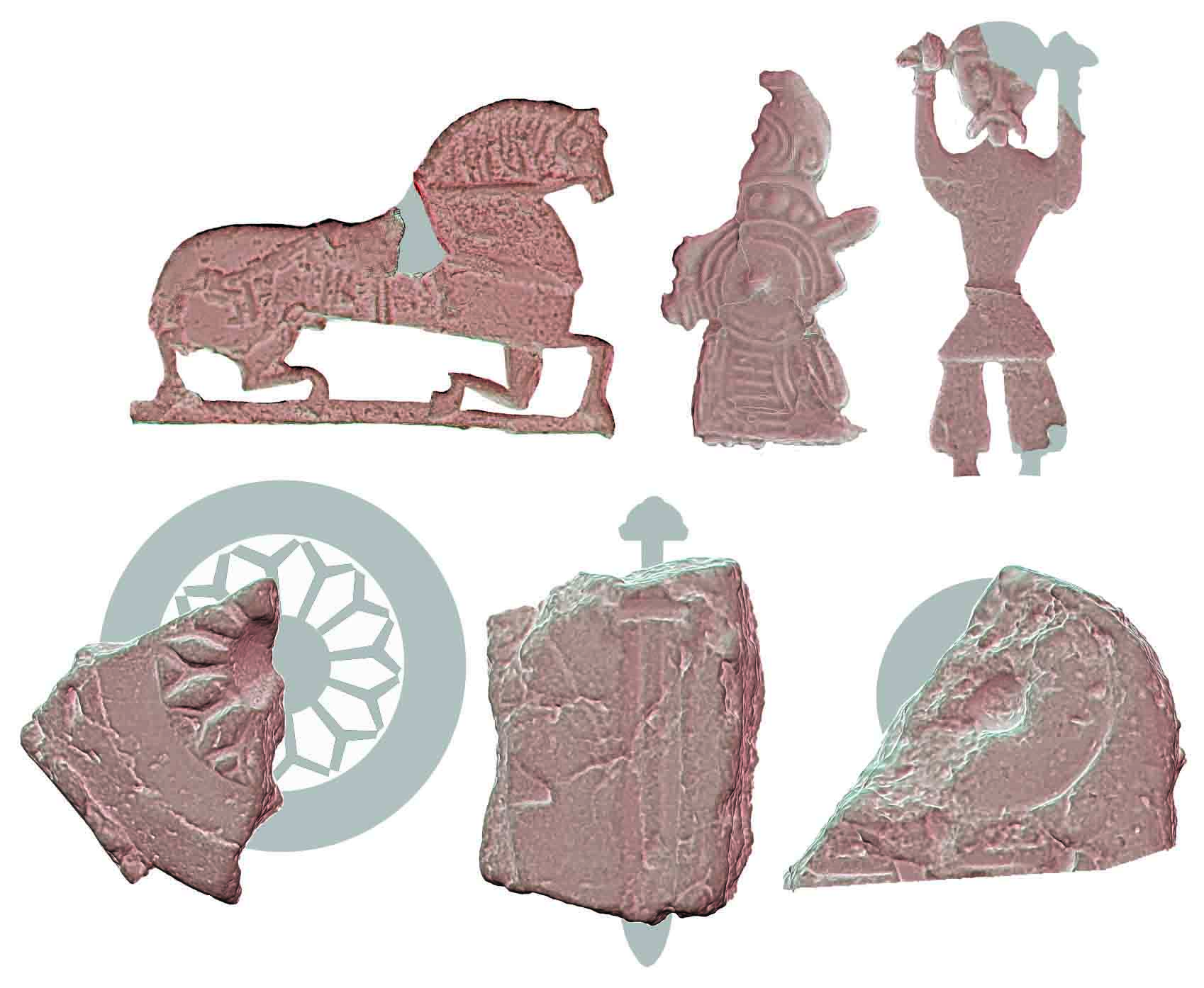 (© P. Deckers, S. Croix, and S. M. Sindbæk)
(© P. Deckers, S. Croix, and S. M. Sindbæk) -
Digs & Discoveries
A Ride Through the Countryside
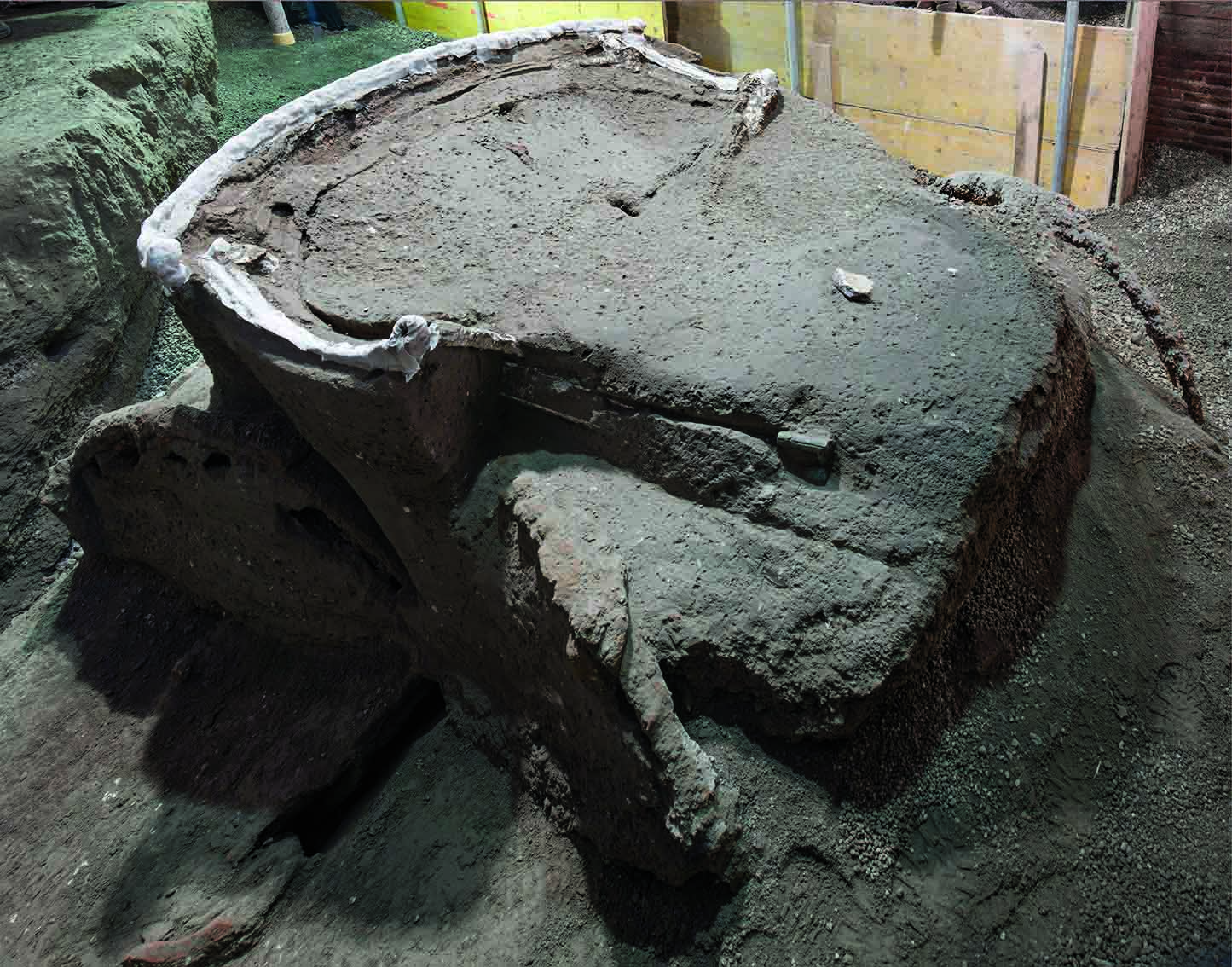 (Courtesy Parco Archeologico di Pompei)
(Courtesy Parco Archeologico di Pompei) -
Digs & Discoveries
Japan's Genetic History
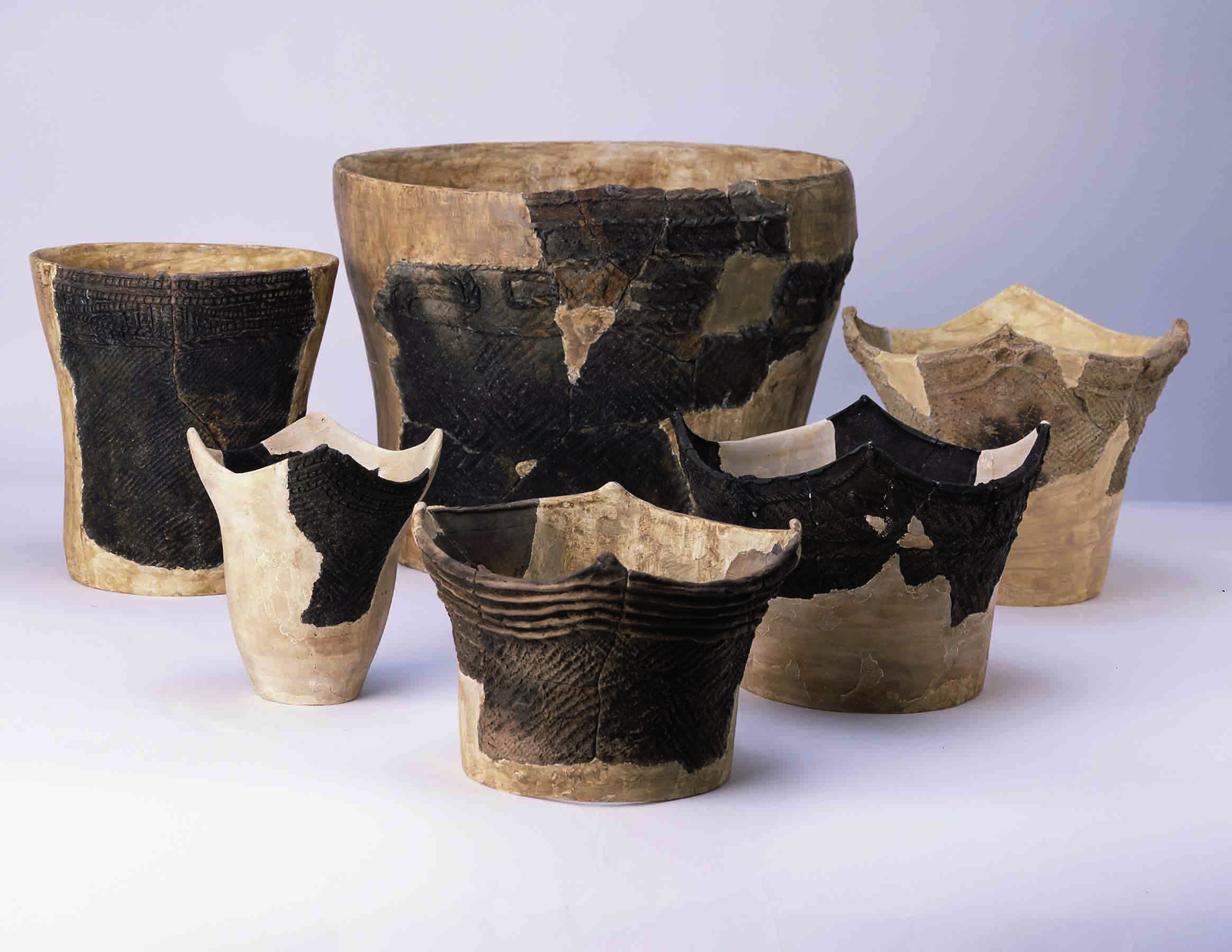 (Shigeki Nakagome, Assistant Professor in Psychiatry, School of Medicine, Trinity College Dublin)
(Shigeki Nakagome, Assistant Professor in Psychiatry, School of Medicine, Trinity College Dublin)
Off the Grid
Off the Grid January/February 2022
Oplontis, Italy
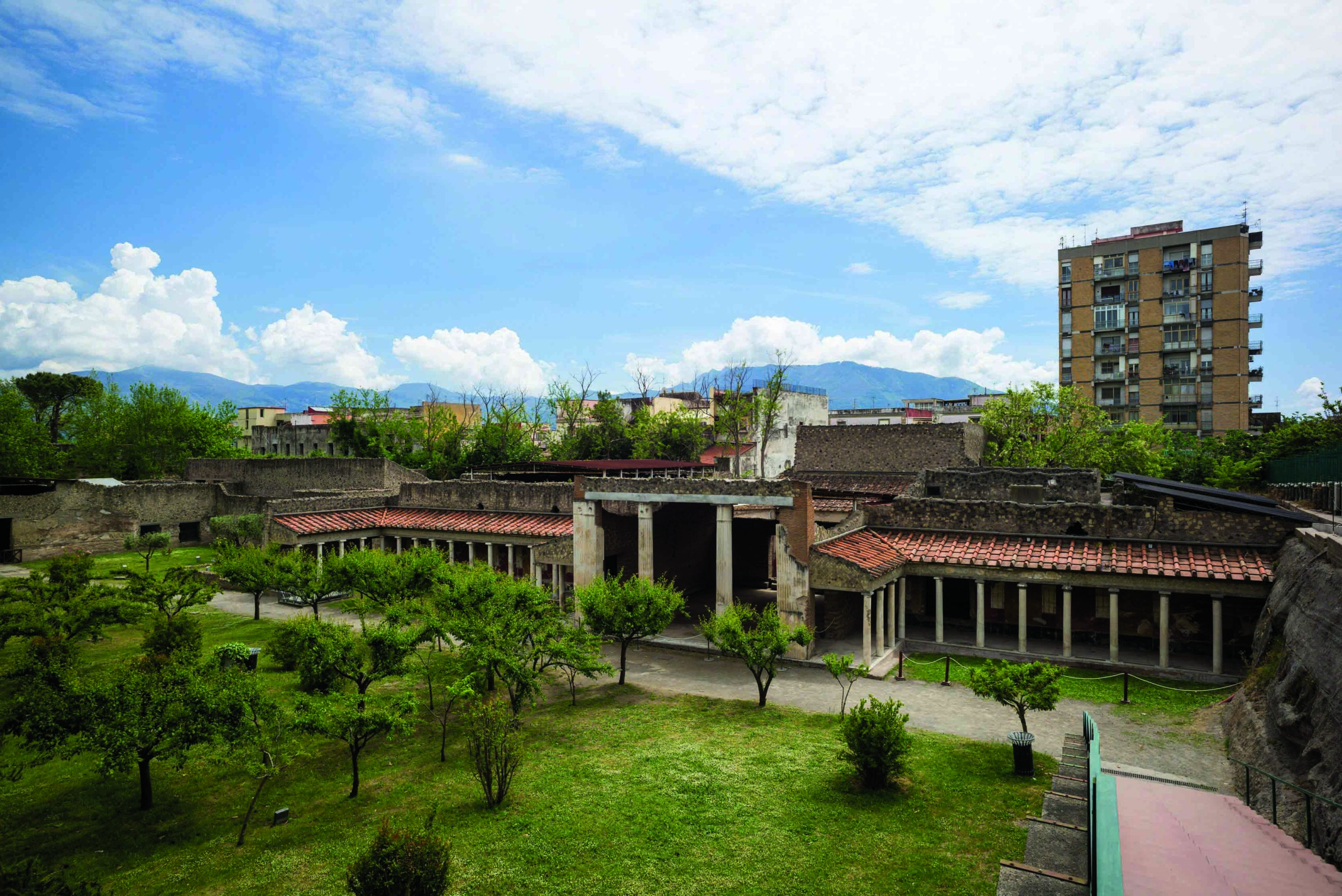
Around the World
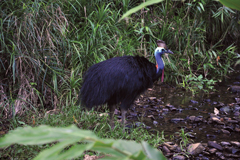
NEW GUINEA

NEW GUINEA: Thousands of years before humans domesticated chickens, hunter-gatherers in the rain forests of New Guinea may have been raising cassowaries for their meat, feathers, and bones. Analysis of eggshell fragments from 2 rock shelters, called Yuka and Kiowa, suggests that 18,000 years ago people may have been collecting eggs in the later stages of incubation from wild nests. When the chicks hatched, the huge, irascible, flightless birds would have readily imprinted on humans, who may have raised them to adulthood.
Related Content
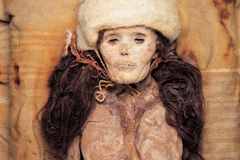
CHINA

CHINA: Genome sequencing has revealed the surprising genetic origins of the enigmatic mummies found in the Tarim Basin. Because of the mummies’ distinctive Western appearance and clothing, researchers believed they were part of a population that migrated to the area more than 4,000 years ago, perhaps from the Eurasian steppe. But the new results show that the people were actually indigenous to the region and were direct descendants of a group known as the Ancient North Eurasians, who were thought to have largely disappeared toward the end of the last Ice Age, around 11,500 years ago.
Related Content
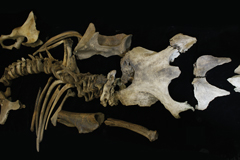
RUSSIA

RUSSIA: Our ancient ancestors sometimes traveled thousands of miles and braved harsh climates to secure essential resources. They even stalked woolly mammoths hundreds of miles north of the Arctic Circle. Cut marks on the bones of a mammoth on Kotelny Island indicate that a hunting party caught and butchered the beast with stone tools 26,000 years ago. This makes Kotelny the northernmost Paleolithic site ever recorded. Today the island lies 150 miles off the Siberian coast, but at the time it was connected to the mainland.


